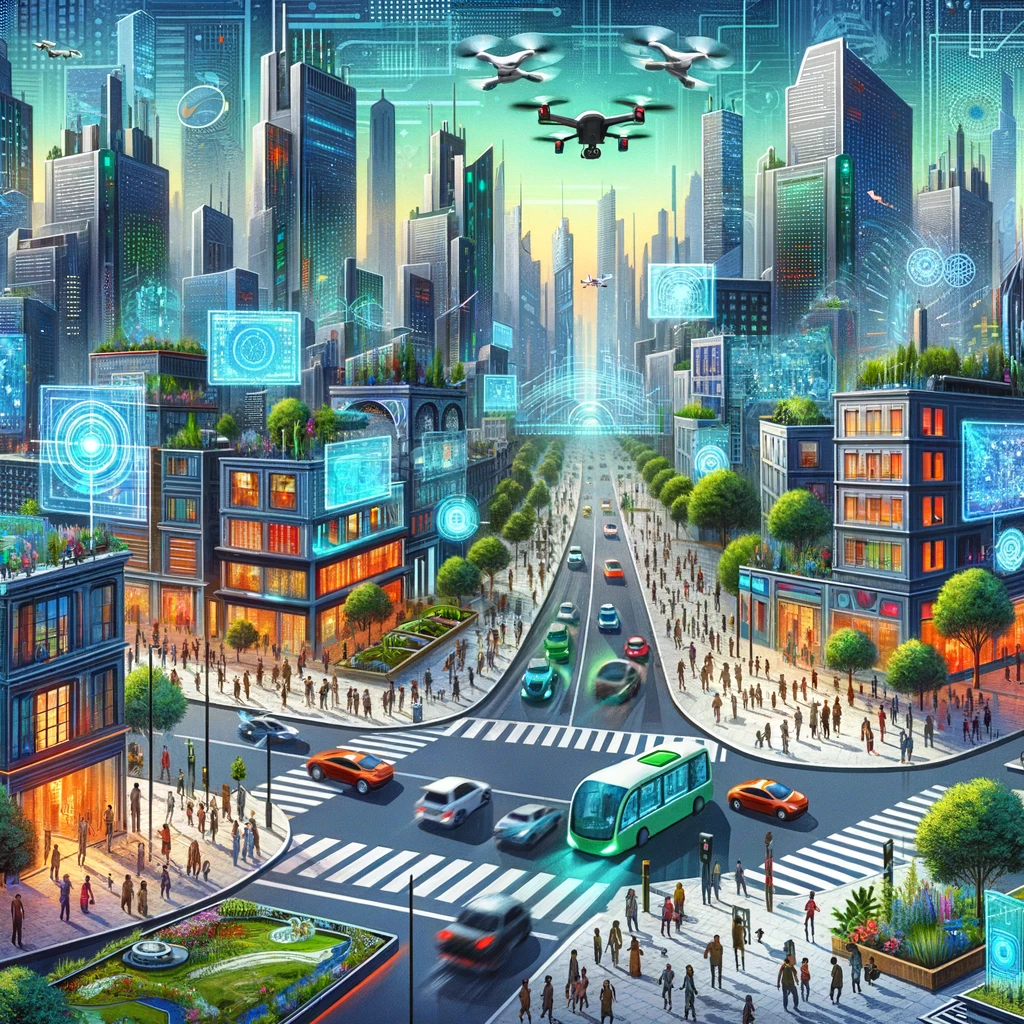A topic sentence is a sentence that introduces the main idea of a paragraph. It usually appears at the beginning of the paragraph and helps the reader understand what the paragraph will discuss. A thesis statement is a sentence that summarizes the main argument or claim of an essay. It usually appears at the end of the introduction and guides the structure and direction of the whole essay. A topic sentence differs from a thesis statement in that it is more specific and focused on a single point, while a thesis statement is more general and covers the entire scope of the essay.
Generally, try to begin each topic sentence with the main clause (no transitions), avoid any subject pronouns (See Pronouns.) in the main clause that begins a topic sentence, and avoid any Copula verbs in the main clause as well.
Here are 10 examples of topic sentences for different paragraphs in an essay about the environmental impact of the meat industry. The thesis statement and each topic sentence have been rewritten to show how to use more active or dynamic verbs to make one’s writing more emphatic (See Emphasis or emphatic writing).
Thesis statement: Food is an increasingly urgent environmental issue, and to reduce humans’ impact on the planet, it is necessary to change global patterns of food production and consumption.
- Rewritten: Changing global patterns of food production and consumption reduces humans’ impact on the planet and address the urgent environmental issue of food.
Topic sentences:
- Paragraph 1: Research has consistently shown that the meat industry has a significant environmental impact.
- Rewritten: The meat industry impacts the environment significantly, as research has consistently shown.
- Paragraph 2: One of the main ways that meat production harms the environment is by contributing to greenhouse gas emissions and climate change.
- Rewritten: Meat production contributes to greenhouse gas emissions and climate change, harming the environment in one of the main ways.
- Paragraph 3: Another major environmental problem caused by the meat industry is water pollution and depletion.
- Rewritten: The meat industry causes water pollution and depletion, another major environmental problem.
- Paragraph 4: The meat industry also affects the environment by causing deforestation and biodiversity loss.
- Rewritten: Deforestation and biodiversity loss result from the meat industry, affecting the environment as well.
- Paragraph 5: Besides the environmental consequences, the meat industry also has negative effects on human health and animal welfare.
- Rewritten: The meat industry affects human health and animal welfare negatively, besides the environmental consequences.
- Paragraph 6: Despite the overwhelming evidence of the environmental and ethical costs of meat consumption, global demand for meat is still rising.
- Rewritten: Global demand for meat rises still, despite the overwhelming evidence of the environmental and ethical costs of meat consumption.
- Paragraph 7: To address this challenge, various solutions have been proposed, such as reducing meat consumption, adopting plant-based diets, or switching to alternative sources of protein.
- Rewritten: Various solutions, such as reducing meat consumption, adopting plant-based diets, or switching to alternative sources of protein, have been proposed to address this challenge.
- Paragraph 8: Reducing meat consumption is the most effective and feasible way to lower the environmental impact of the food system.
- Rewritten: The environmental impact of the food system lowers the most effectively and feasibly by reducing meat consumption.
- Paragraph 9: Plant-based diets offer many benefits for the environment, as well as for human health and animal welfare.
- Rewritten: Many benefits for the environment, human health, and animal welfare come from plant-based diets.
- Paragraph 10: Alternative sources of protein, such as insects, lab-grown meat, or cultured meat, are promising innovations, but they also face some challenges and limitations.
- Rewritten: Promising innovations are alternative sources of protein, such as insects, lab-grown meat, or cultured meat, but they also face some challenges and limitations.


